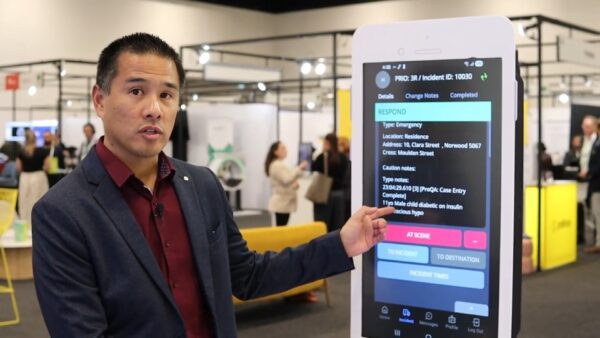Corvanta has announced advancements in satellite technology with the integration of direct-to-cell connectivity into its Mobile Application and Critical Communications Hub. This advancement ensures reliable coverage in remote and low-signal areas across Australia, improving paramedic safety in critical situations where traditional networks fall short.
Direct-to-cell technology enables emergency alerts to be sent directly from a mobile device or Comms Hub to a satellite, bypassing mobile networks entirely. This ensures that help can be summoned even in the most isolated locations.
Leveraging Low Earth Orbit (LEO) satellites from providers such as Starlink or OneWebb, this innovation delivers reliable connectivity in remote areas without the need for specialised equipment, allowing paramedics to trigger duress alerts from anywhere using just their phone. The signal is instantly relayed to CAD, ensuring rapid operator response.
These advancements are enabling Corvanta to explore new ways of enhancing communication for ambulance services, particularly in regions where coverage is limited.
At the recent CAA Congress held in Adelaide, Corvanta Head of R&D Anthony Fisher explained how Corvanta has embedded this capability into its mobile application and Critical Comms Hubs to support paramedic duress alerts.
This seamless, space-to-ground communication ensures that even in the most isolated locations, paramedics can call for help without relying on terrestrial networks.
Learn how satellite and direct-to-cell technology can transform your emergency communications here.

Corvanta Unveils AI-Powered, CPG-Informed Treatment Prompts
At the forefront of innovation, Corvanta has introduced a groundbreaking feature to its Critical Communications Hub and Incident Response App: AI-powered CPG-informed treatment prompts. This

Corvanta Introduces Self-Powered, Portable AVL & Duress for Extreme Environments
At the Council of Ambulance Authorities Congress in Adelaide, Corvanta Account Director Mounzer Samad introduced a self-powered solution to provide portable, CAD-integrated AVL and duress



